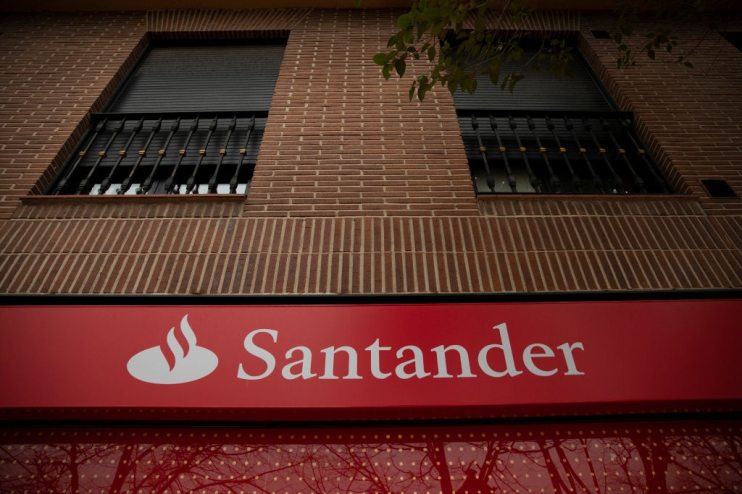Higher interest rates lift Santander UK profit to £1.2bn, warns mortgage market is cooling

Santander UK saw its profit rise significantly in the first half of the year, but the bank also noted that applications for mortgages had been hit by recent economic volatility.
In the first half of the year pre-tax profit climbed 18 per cent to £1.2bn from £993m last year. This came thanks to a 10 per cent rise in net interest income as the bank reaped the benefits of rising interest rates.
The Bank of England’s battle against inflation has seen rates raised thirteen times in a row, significantly boosting banks’ coffers as they receive more in interest payments than they pay out to depositors.
While rising rates also puts pressure on borrowers, credit impairment charges, which accounts for the cost of bad loans, dropped eleven per cent on last year. Santander UK noted there was “no material deterioration in the credit quality of the portfolios”.
The bank recorded a fall in mortgage applications due to volatility in the market and said the challenges faced by households and businesses are expected to continue.
As inflation has remained persistently higher than the Bank of England’s target, meaning many now expect the central bank to hike rates higher and fast than expected. This in turn has sent mortgage rates spiralling, surpassing the levels seen following the mini-budget last Autumn and dampening demand in the market.
It noted there was a slight increase in mortgage arrears, although the level remained well below pre-Covid levels.
“We know that the ongoing volatility in the mortgage market and continuing inflationary pressures are creating challenges, and we encourage anyone facing difficulties to get in touch as soon as possible,” Mike Regnier, the bank’s chief executive, said.
The results come as politicians and regulators pile pressure onto banks to pass on higher savings rates to customers.
Santander UK currently offers 2.5 per cent on its easy access savings account, significantly higher than the largest domestic banks but still below many challengers. The Bank of England’s base rate stands at five per cent.
Santander UK noted its deposits decreased by £5.8bn to £190.7bn amid “increased market competition”.
Across the group more broadly, Santander recorded a seven per cent increase in profit to €5.2bn in the first half thanks to the impact of rising rates and a strong performance in its European markets, where profit increased 40 per cent.
However, loss provisions were 22 per cent higher than last year, reflecting “post-pandemic normalisation in the US”. Santander’s performance in South America was also weak, falling 23 per cent due to lower profits in Brazil and Chile.